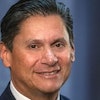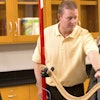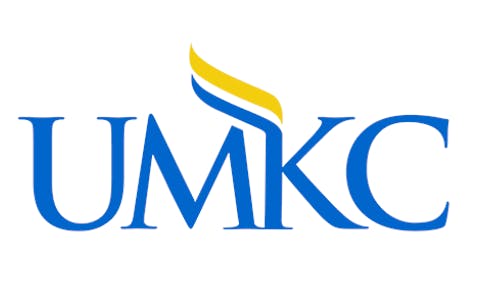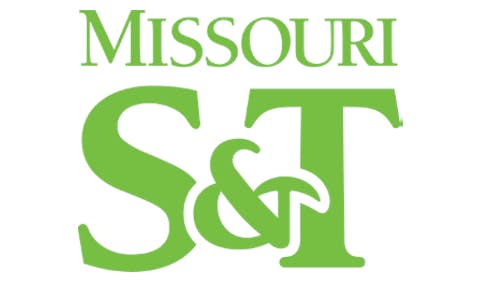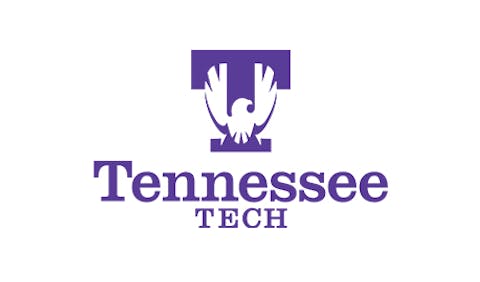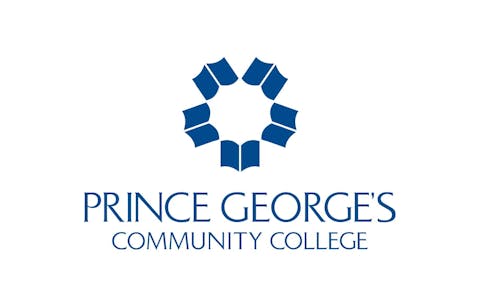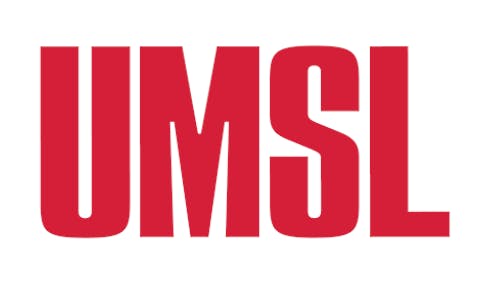More than one quarter of all middle-skills credentials and associate degrees offered nationwide are misaligned with the needs of their local labor markets, according to the latest report from the Georgetown University Center on Education and the Workforce (CEW), "The Great Misalignment."
 Dr. Zach Mabel, research professor of education and economics at the Georgetown University Center on Education and the Workforce.
Dr. Zach Mabel, research professor of education and economics at the Georgetown University Center on Education and the Workforce.
Michele Spires, assistant vice president of learning evaluations at the American Council on Education (ACE), said the report highlights “the existing translation gap between education and workforce needs,” which must be closed for higher education to continue to play its important role in American society.
“For each labor market to function at its peak potential, the needs and skills must align. This underscores the importance of improving the translation and communication of expectations within specific job roles,” said Spires. “Building trust, enhancing translation, and ensuring transparency are essential. Flexibility is crucial for growth, upskilling, reskilling, and transitioning, especially as life demands change.”
While institutions may be keen to separate themselves and stand out, this report suggests a solution that runs counter to the idea of competition. The data show that greater workforce alignment happens when there are more institutions serving a singular area. As community colleges are often resource-strapped, collaborating with neighbor institutions allows for each to offer different specializations that fit the workforce needs of the area.
“If institutions prioritize different programs and fill different niches, then they could really be complementing one another,” said Mabel. “The complementing of program offerings, where the collective sum is greater than individual parts, stood out to be the real driver [of alignment], where each [institution] was really seeming to be more responsive to parts of the local economy.”
This complimentary behavior has, for the most part, been incidental, said Mabel. But if institutions chose to deliberately partner, plan, and coordinate together, and supports for such collaboration are put into place, workforce alignment will be much stronger than it is today, he said. This intentional collaboration must cut across sectors, allowing public, two-year and for-profit institutions to serve the needs of their local economies as one.

